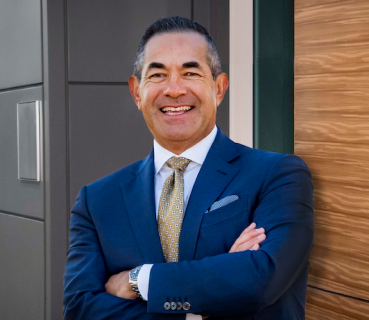Relevant Contents
Need Tailored Business Continuity Insights?
Contact Us Now for Personalized Guidance!
In our experience consulting with universities, high schools, or elementary schools on Emergency Management preparedness, we have found a number of issues that come up on a regular basis. It does not matter if the institution is a private or a public school. Don’t wait for an event to happen to find out if your child’s school is ready.
Here are 10 questions you should ask to make sure your child’s school is ready for an emergency:
-
Does the school have an Emergency Operations Plan (EOP)?
Each school should have a comprehensive All Hazards plan outlining the roles, steps, and actions the school and its staff will take in various emergency situations (active shooter, field trip incident, etc.).
-
How often is a school risk assessment conducted?
A school should conduct an annual risk assessment to evaluate relevant threats and exposures that require mitigation in one form or another.
-
Does the school have formal reunification procedures and sites?
A school should have reunification procedures and primary and alternate sites for use in the event they need to move your children and reunite them with you.
-
Is your child’s classroom prepared and maintained for an active shooter situation?
Each classroom should be prepared in advance (shades on windows, secure locks, teacher desk positioning, etc.) to mitigate the risk of an active shooter situation.
-
Has the school provided you with an overview of the school Emergency Management process?
You should be provided with an overview of what to expect in an emergency, how you will be kept informed, and how you can contact the school, if needed.
-
How often are the administration and faculty trained in their roles and responsibilities in an emergency?
Schools often give little to no training to their teams; training should occur at least 2 to 3 times during the school year.
-
How often are mock disaster drills conducted for the school Emergency Response Team?
Most schools do not drill their Emergency Response Teams on a regular basis; drills should be conducted annually.
-
Does a Crisis Communications plan exist outlining how the school will communicate with you in various events?
A concise plan should outline how the school will communicate with parents and caregivers during the most relevant events.
-
What types of backup communications does the school have in case the phone system fails?
If the phone system fails, the school should have clearly identified tools in place to serve as a backup in case of loss of primary forms of communication.
-
Is your child’s classroom prepared for an extended lockdown (more than 2 hours)?
If your child’s classroom had to be locked down, does the school have the supplies to support that event? If your child needs special care, the school should be prepared to handle that as well.
We urge you to take this seriously. Take the time to meet with officials from your child’s school to familiarize yourself with their Emergency Response process. Don’t just take them at their word. Inspect what you expect them to have; they are entrusted with our most valuable assets – our children.

Michael Herrera
Michael Herrera is the Chief Executive Officer (CEO) of MHA. In his role, Michael provides global leadership to the entire set of industry practices and horizontal capabilities within MHA. Under his leadership, MHA has become a leading provider of Business Continuity and Disaster Recovery services to organizations on a global level. He is also the founder of BCMMETRICS, a leading cloud based tool designed to assess business continuity compliance and residual risk. Michael is a well-known and sought after speaker on Business Continuity issues at local and national contingency planner chapter meetings and conferences. Prior to founding MHA, he was a Regional VP for Bank of America, where he was responsible for Business Continuity across the southwest region.


